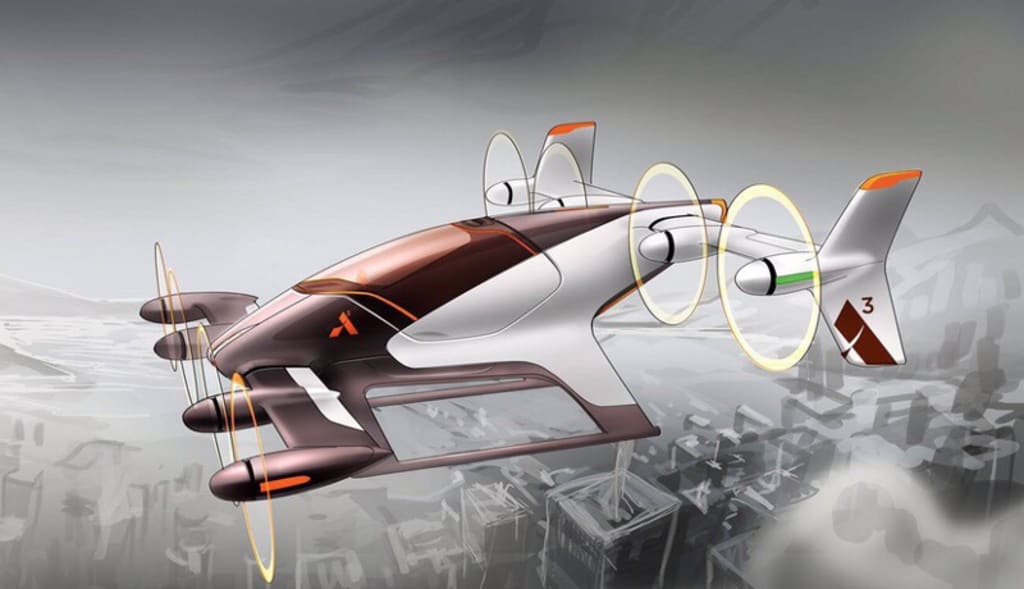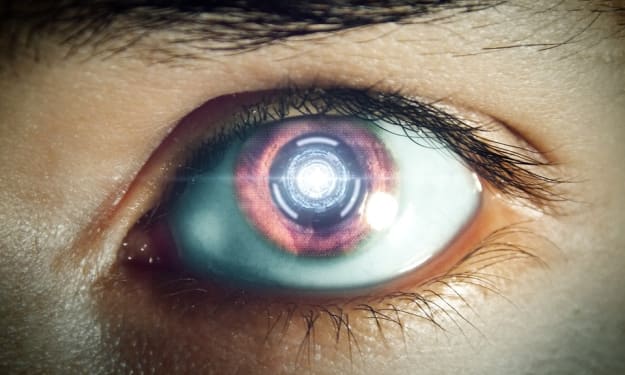Baby Uber Can Fly My Car
Why your personal flying car may already be a thing of the past.

Personal flying cars always seem to be right around the corner, or, more accurately, right over the horizon. Just like Mars bases and cold fusion, the technology to create a flying car was always about 20 years away. However, more experts are saying that a converging herd of technology -- sensors, batteries, aerodynamics, and computer -- are making the flying car more plausible and some industry pundits are saying we should see serious attempts at it this year.
But, there’s a catch. The very technological advances that are creating your personal flying car may also change our definition of what a personal airplane, a personal flying car -- or a just plain old land-loving car -- may be.
Recently, the CEO of A3 by Airbus Group said that the company plans to test its flying car prototype by the end of this year. He says the technology is finally here.
“Many of the technologies needed, such as batteries, motors and avionics are most of the way there,” says Rodin Lyasoff.
He added that crash avoidance systems and better batteries would make the devices even safer and more economical. And although the technology is almost there (if not here right now) the real hangup is on how to make personal UAVs safe and profitable for a mass consumer base.
Airbus’s answer is a passenger UAV platform, a project called Vahana. It's a self-piloted flying vehicle that the company says can serve to transport people and cargo. Personal flying contraptions are revolutionary enough, but it’s the self-piloting taxi part that may be the real revolution and boost the likelihood of the flying car.
Nobody Rides -- or Flies -- for Free
While sci-fi-friendly flying cars invoked usually look like automobiles that can change Transformer-like into airplanes, the UAVs that Airbus and other companies are beginning to develop would make an Uber or Lyft model -- not a personally owned craft -- more likely. In this model, a would-be passenger would summon an autonomous flying car, rather than jumping into his or her own plane tucked away in the garage, or parked in the backyard UAV port.
According to most experts, the flying taxi model, rather than the flying car, is better suited to handle some of the regulatory and cost issues that face autonomous cars and planes. Initially, the cost of the vehicle will be out of reach of the average people, but ride-share companies could make flights affordable by spreading the cost over time and over thousands of rides and users. Also, not every insurance company is thrilled to insure your new personal UAV flying perilously over acres of expensive real estate and whole cities teeming with litigious people, but might offer fleet insurance.
Government agencies, likewise, may be more amenable to regulating an industry of a few companies, rather than millions of potential flyers. And we all know how open Homeland Security would be to thousands of personal aircraft buzzing through high profile buildings and bases, right?
Rodin, who has been working with autonomous aircraft since his days at MIT where he designed his first aerobatic helicopter, suggests that he expects air corridors to be mapped out in much the same way that interstate highways were carved out on ground.
Competition Soars
Airbus, by the way, isn’t the only company designing and developing autonomous flying cars. They will have lots of competition.
Last summer, Ehang, a Chinese drone manufacturer, showed off its version of the flying car. Since then, the company’s Autonomous Aerial Vehicle, or Ehang 184, has gone from the prototype stage to the real thing, logging more than 200 successful missions, according to industry experts.
The “big ass” drone, as it’s been affectionately described, can carry someone who weighs under 220 pounds about 30 to 40 miles on a single battery charge. It can reach an altitude of about 11,500 feet.
The 184 is completely autonomous. Passengers just use their smartphone app to type in a destination -- and fwoooom -- off they go into the future.
That future, to which we are fwoooming, if I’m not mistaken, is now a little less than 20 years from now. Make that less than 10 years from now.
About the Creator
Matt Swayne
I'm a science and research writer with an interest in future and fringe technologies.
Reformed journalist and marketer.






Comments
There are no comments for this story
Be the first to respond and start the conversation.